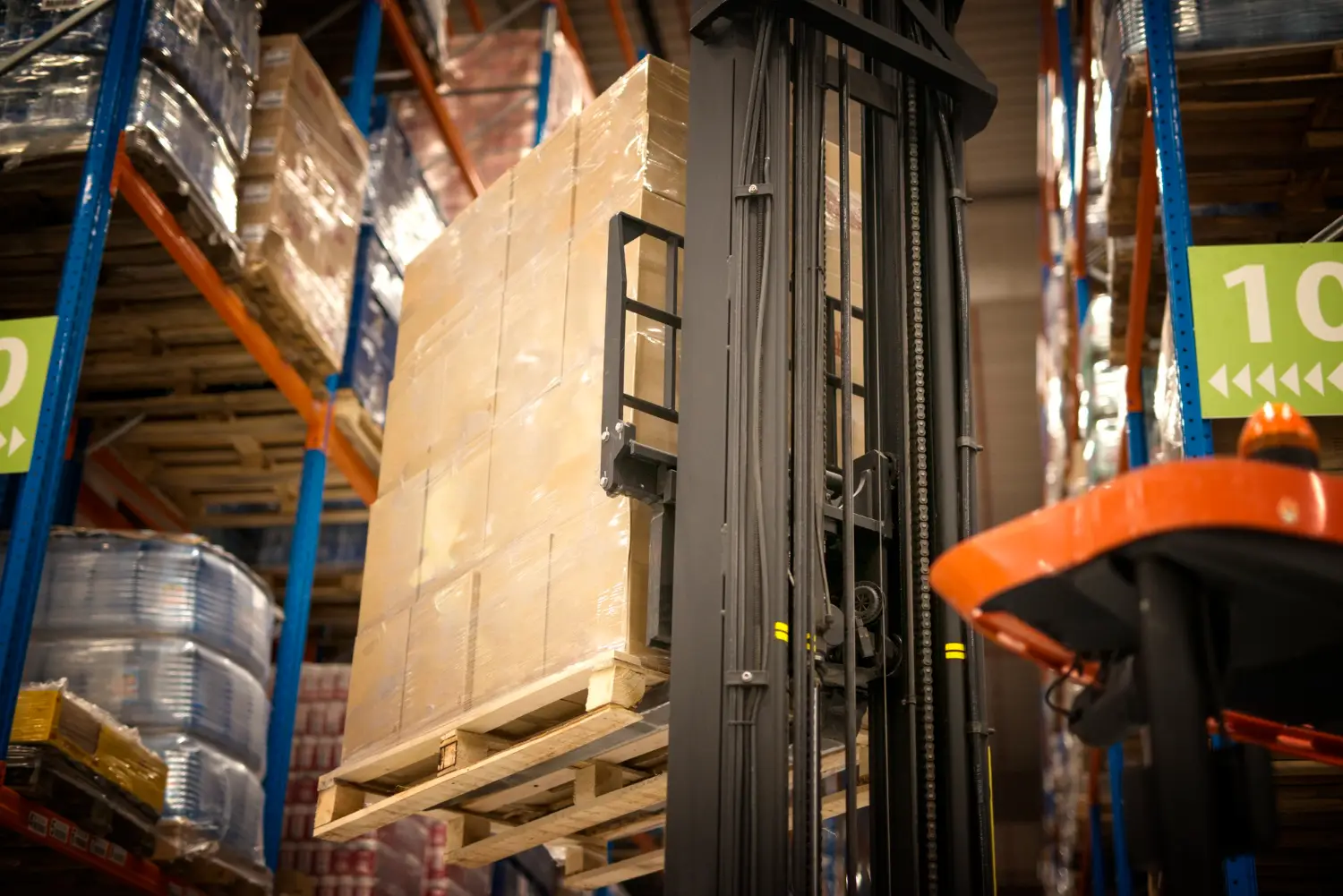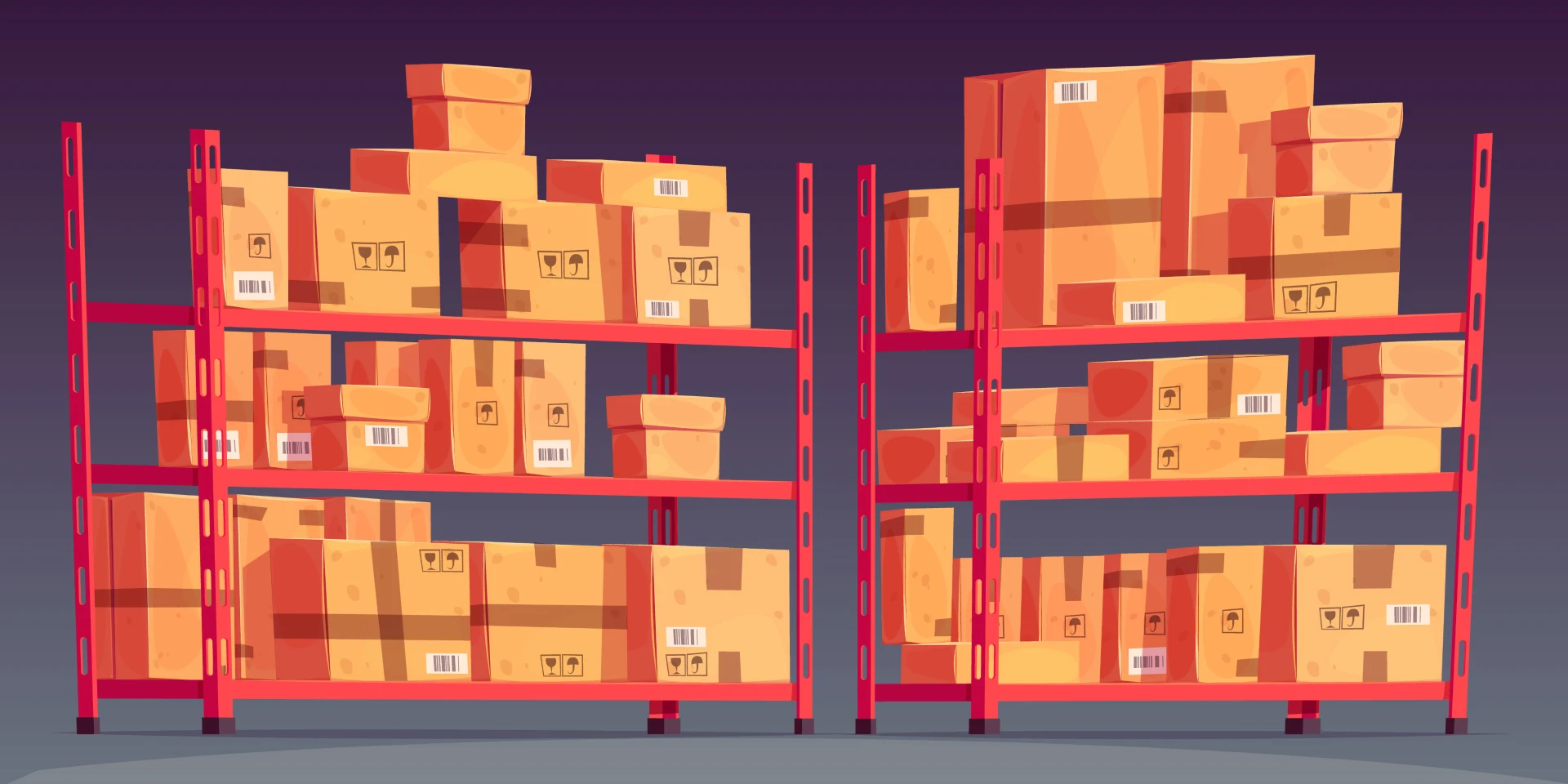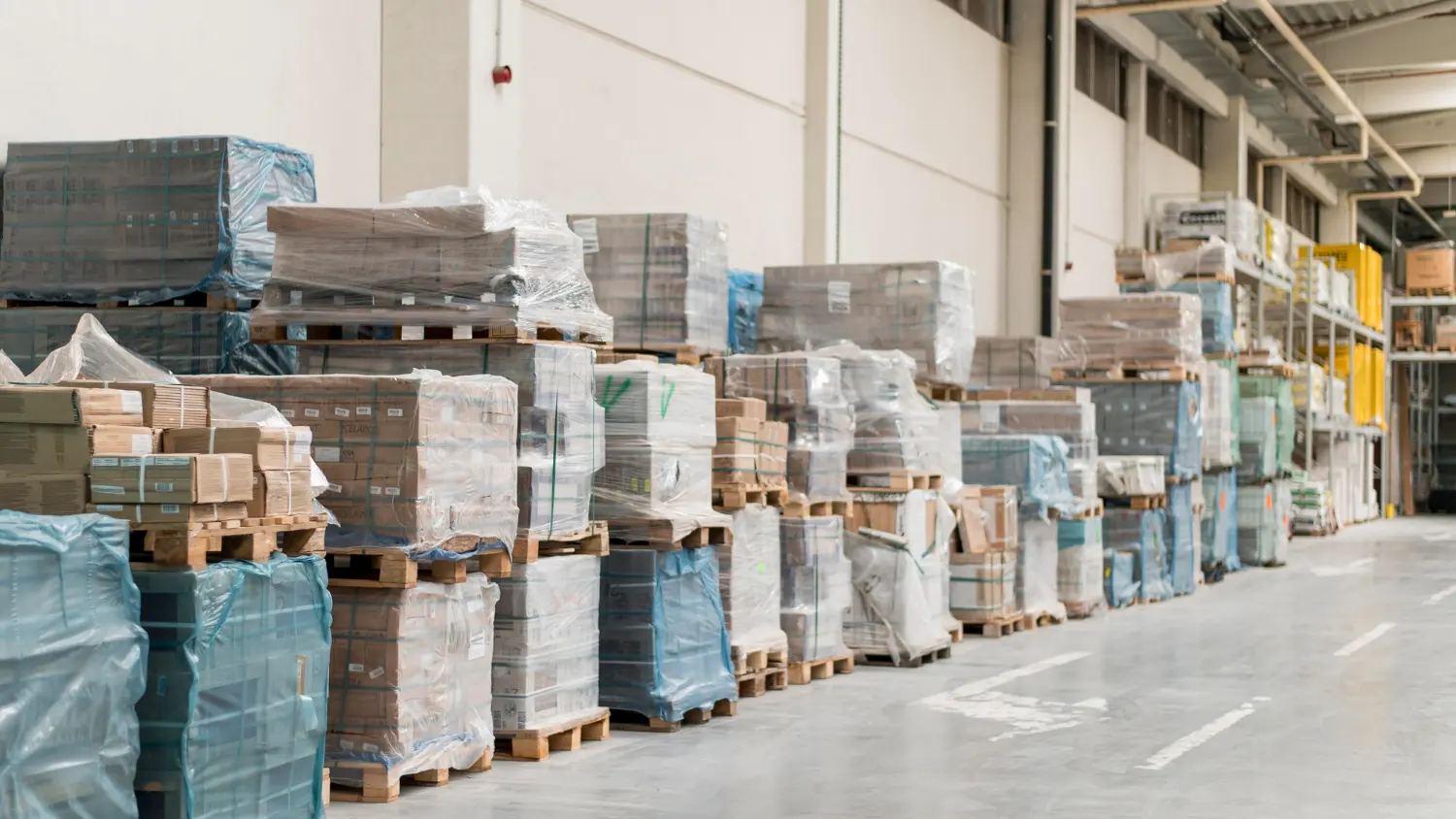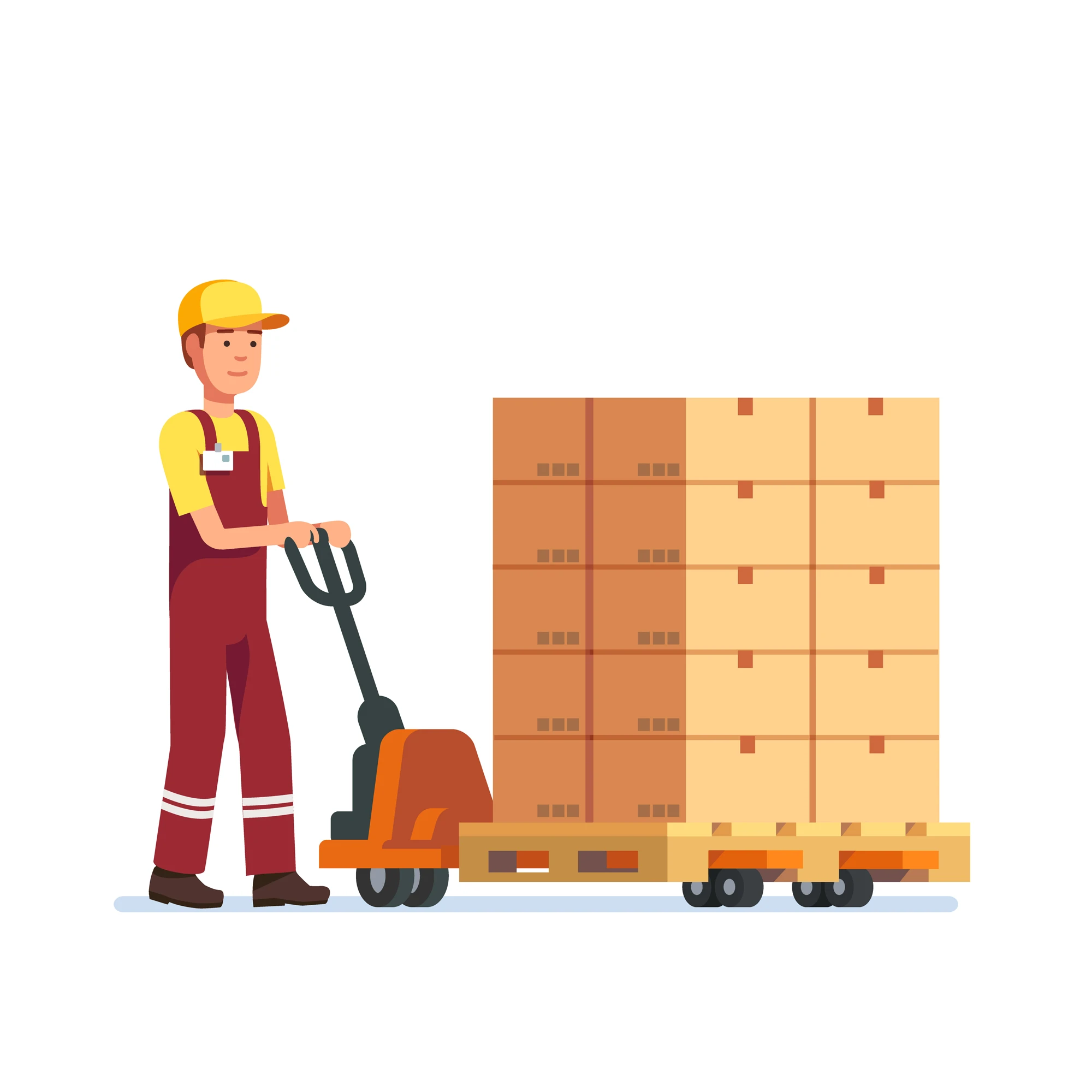In today’s fast-paced and efficiency-driven supply chain environment, the importance of a reliable warehouse pallet cannot be overstated. Whether you’re managing inventory for a small business or overseeing the logistics for a large distribution center, warehouse pallets are foundational to storage, transport, and overall organization. This article delves into the significance, types, and benefits of warehouse pallets, as well as key factors to consider when choosing the ideal pallet for your specific needs.
Understanding the Role of Warehouse Pallets
A warehouse pallet serves as the foundation for a sophisticated transport and storage system. It supports goods and materials, allowing them to be stacked and moved with ease, either manually or through mechanized equipment such as forklifts and pallet jacks. Since the advent of modern warehousing, pallets have evolved to become standardized units that streamline shipping and receiving processes, reduce labor costs, and enhance safety and productivity.
In a typical supply chain, every step – from manufacturing to delivery – benefits from the stability and organization that warehouse pallets provide. A well-chosen pallet system improves the efficiency of loading and unloading processes, minimizes the potential for damage to goods, and reduces overall handling time. Ultimately, these advantages translate into cost savings and better customer satisfaction.

Types of Warehouse Pallets
Choosing the right type of warehouse pallet is vital for achieving optimal efficiency. Each pallet type offers unique advantages based on material, design, and intended use. Here are the most common types:
1. Wooden Pallets
Wooden pallets are the most widely used type due to their affordability and durability. They’re often chosen for their strength and ability to hold heavy loads. Wooden pallets can be easily repaired and are ideal for one-time or multi-use shipping. However, they are also susceptible to issues like splintering, moisture absorption, and the potential for pest infestations, which can be significant concerns for specific industries.
2. Plastic Pallets
Plastic pallets are gaining popularity as an alternative to wooden pallets, especially for businesses focused on cleanliness, durability, and sustainability. They’re non-porous, making them resistant to moisture, pests, and chemicals. Plastic pallets are commonly used in the food and pharmaceutical sectors, where sanitation is crucial. Although they come at a higher initial cost than wood, plastic pallets have a longer lifespan, making them a cost-effective option for repeated use.
3. Metal Pallets
Metal pallets made primarily from steel or aluminum, are the most robust and durable option. These pallets are commonly used in industries that need heavy-duty performance, such as the aerospace and automobile industries. They’re fire-resistant, weather-resistant, and can handle extremely heavy loads. While they have a high upfront cost, their longevity and strength often justify the investment for specific applications.
4. Composite Pallets
Composite pallets are crafted from a mix of wood fibers, plastic, or other materials. They provide a compromise between durability and price, frequently combining the advantages of both hardwood and plastic pallets. These pallets are suitable for medium-duty applications and are often chosen when businesses seek a more sustainable option without sacrificing performance.

Benefits of Using Warehouse Pallets
Warehouse pallets offer numerous benefits that contribute to a more efficient and organized supply chain. Here are some of the key advantages:
1. Enhanced Storage and Organization
Warehouse pallets play a central role in maximizing storage space. By providing a standardized base, pallets enable efficient stacking and allow businesses to use vertical space effectively. This means more inventory can be stored within the same footprint, reducing the need for expanded warehouse facilities.
2. Improved Safety
Pallets help prevent injury by keeping goods stable during transport and storage. When items are properly placed on pallets, they’re less likely to fall or shift unexpectedly, reducing the risk of accidents. Furthermore, employing warehouse pallets reduces the need for physical lifting and handling, which lowers the danger of workplace accidents.
3. Efficient Handling and Transport
Warehouse pallets streamline the process of loading, unloading, and transporting goods. Forklifts and pallet jacks are specifically designed to lift and move pallets, meaning that fewer manual labor hours are needed for handling. This efficiency not only saves time but also reduces labor costs and allows workers to focus on higher-value tasks.
4. Minimized Product Damage
Pallets keep products off the ground, protecting them from moisture, dirt, and other potential sources of contamination or damage. The stable base that a pallet provides reduces the risk of goods shifting during transport, thereby decreasing the likelihood of damage. This protection is especially valuable for fragile or perishable items.
5. Environmental Sustainability
Many pallets, particularly those made from recycled plastic or composite materials, are eco-friendly and reusable. By investing in long-lasting pallets, businesses can reduce their environmental footprint, aligning with sustainable practices. Even wooden pallets can be sustainably sourced or recycled at the end of their lifespan, further contributing to environmental responsibility.

Key Considerations When Choosing a Warehouse Pallet
When selecting a warehouse pallet, businesses should consider several factors to ensure they choose the best option for their needs. Here are some important factors to bear in mind:
1. Load Capacity
Consider how much weight the pallet must sustain. Different materials have different load capabilities, thus it is critical to select a pallet that is appropriate for the weight of your items. Overloading a pallet can cause damage or collapse, creating a safety risk and perhaps resulting in product loss.
2. Durability and Longevity
Think about the expected lifespan of the pallet. If you’re using pallets for long-term storage or repeated shipments, investing in durable materials like plastic or metal may be more cost-effective. However, if the pallets are primarily for one-time use, wooden pallets may offer a more economical choice.
3. Industry Standards and Regulations
Certain industries, like food and pharmaceuticals, have strict regulations on pallet materials and cleanliness. Make sure the pallet you choose meets any applicable standards, especially if hygiene and safety are critical considerations. Plastic pallets, for example, are often preferred in such sectors due to their easy-to-clean, non-porous surfaces.
4. Environmental Impact
Consider the environmental implications of your pallet choice. Many companies today prioritize eco-friendly options, opting for pallets that are recyclable or made from sustainable materials. Businesses that use ecologically responsible pallets can minimize their environmental impact and contribute to environmental sustainability objectives.
5. Cost Considerations
Evaluate the initial cost of the pallet as well as potential maintenance or replacement expenses. While wooden pallets may offer the lowest upfront cost, plastic and metal options can provide a better return on investment for repeated use, given their longevity.

Warehouse Pallet Management Tips
Effective pallet management is key to maximizing their benefits. Here are a few tips for maintaining an efficient pallet system in your warehouse:
- Regular Inspections: Inspect pallets regularly for signs of wear and deterioration. Replacing damaged pallets promptly reduces the risk of accidents and product loss.
- Proper Stacking: Ensure that pallets are stacked correctly, both in storage and during transport, to prevent tipping or instability.
- Cleaning and Maintenance: For pallets used in industries with hygiene requirements, such as food and pharmaceuticals, regular cleaning and sanitization are essential to maintain compliance and safety.
- Reuse and Recycling: When pallets reach the end of their useful life, explore recycling options. Many pallet materials, especially plastic, can be recycled and repurposed, contributing to sustainability efforts.
Conclusion:-
In any warehouse environment, the right pallet system can make a significant impact on operational efficiency, safety, and cost-effectiveness. From wooden and plastic to metal and composite options, each type of warehouse pallet serves a unique purpose, enabling businesses to meet the demands of modern logistics. By understanding the different pallet types, benefits, and management practices, businesses can make informed decisions that improve productivity, reduce expenses, and promote a safer and more sustainable work environment.
Selecting the appropriate warehouse pallet solution requires careful consideration of load capacity, durability, industry standards, and cost. By prioritizing these aspects and adopting effective pallet management practices, companies can maximize their pallet investment, contributing to streamlined operations and a more efficient supply chain.
Frequently Asked Questions:-
1. What are the main types of warehouse pallets, and how do I choose the right one?
- The primary types of warehouse pallets include wooden, plastic, metal, and composite varieties. Wooden pallets are generally cost-effective and suitable for single or limited use, while plastic pallets offer durability, and ease of cleaning, and are often preferred in industries with high hygiene standards, like food and pharmaceuticals. Metal pallets are incredibly strong, making them ideal for heavy-duty needs, and composite pallets combine materials for a balance of durability and cost efficiency. Choosing the right pallet type depends on factors such as the weight of the load, intended frequency of use, industry regulations, and budget considerations.
2. What are the benefits of using warehouse pallets in storage and transportation?
- Warehouse pallets provide several advantages, such as efficient storage that makes it easier to maximize vertical space with safe stacking options. They enhance workplace safety by stabilizing goods, which reduces the risk of damage to products and improves handling, as they are compatible with forklifts and pallet jacks, streamlining the loading and unloading processes. Additionally, pallets reduce product damage by keeping items off the ground, protecting them from dirt and moisture. Using recyclable or reusable pallet materials also promotes environmental sustainability, aligning with modern eco-conscious practices.
3. How long does a typical warehouse pallet last, and how can I extend its lifespan?
- The lifespan of a warehouse pallet varies depending on the material and frequency of use. Wooden pallets can last anywhere from a few uses to several years, especially if they are well-maintained, while plastic and metal pallets tend to have much longer lifespans due to their durable construction. To extend a pallet’s lifespan, it’s essential to regularly inspect and repair any minor damage, avoid overloading to prevent excessive wear, and store pallets in a dry, sheltered area to protect against moisture and environmental damage.
4. Are plastic pallets more sustainable than wooden pallets?
- Plastic and wooden pallets both offer sustainable advantages, depending on your needs. Plastic pallets are highly durable and reusable, which makes them an eco-friendly choice for businesses focused on long-term use and reducing waste. Wooden pallets, however, are typically made from renewable resources, are biodegradable, and can often be repaired or recycled. Deciding on a sustainable pallet type depends on whether durability for repeated use or biodegradability is more important for your specific business needs.
5. What should I consider when stacking warehouse pallets?
- When stacking warehouse pallets, safety and stability are paramount. It’s important to place heavier pallets on the bottom to ensure balanced weight distribution and prevent tipping. Observing recommended stack heights also helps maintain stability, as exceeding these limits can make stacks prone to collapse. Secure stacking methods, such as interlocking or wrapping the pallets, can help keep items stable. Regular inspections are necessary to ensure that no shifts or damage have occurred in stacked pallets, as this helps prevent accidents in the warehouse.